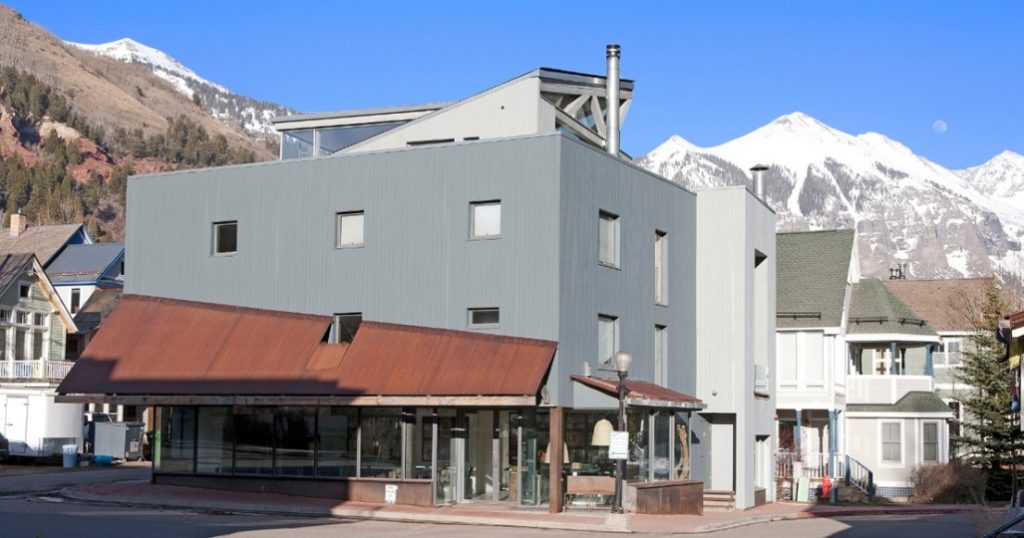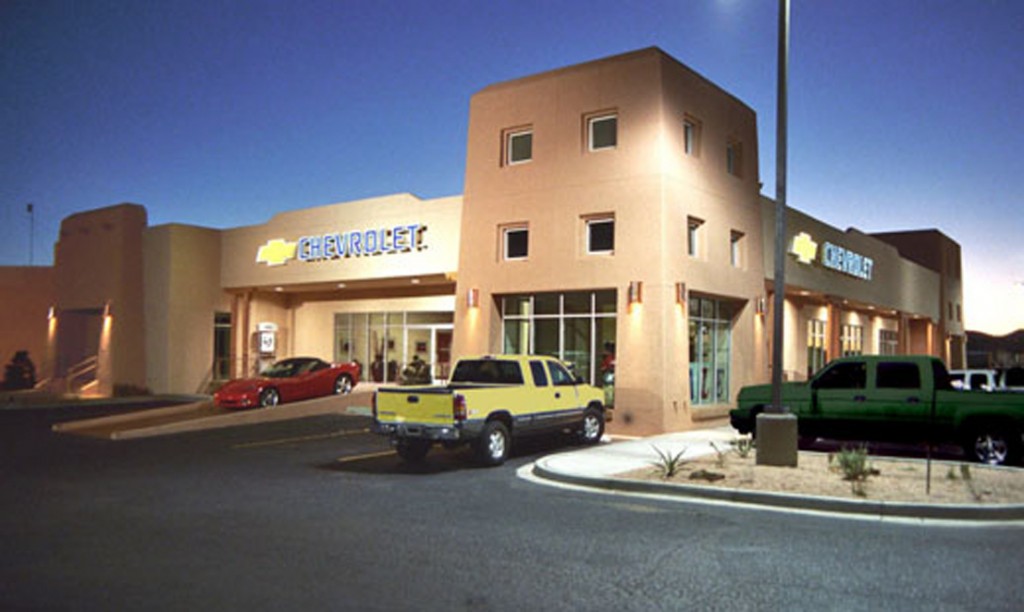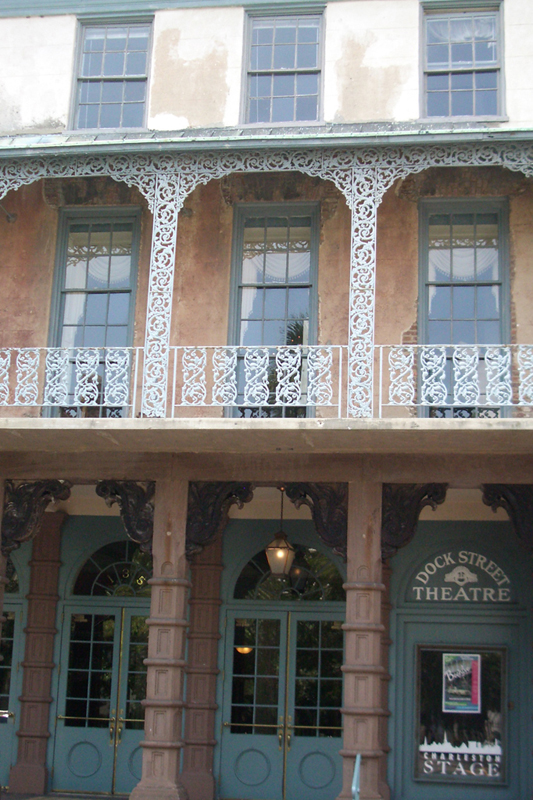Vernacular 2.0
Mapos Principal
About 20 years ago, I was visiting one of the most beautiful towns in America, Telluride, CO. Walking around one day, I came across the Plunge Landing building, designed by Smith-Miller + Hawkinson. It is a non-flashy commercial building, but still one that is un-mistakably new. It is built out of traditional materials (wood siding and corrugated steel roofs), yet it does not look like the rows of mining-era buildings in town built 150 years before it. A passer-by noticed me staring at the facade, and derisively commented, “now THAT building doesn’t fit in!”
In the ensuing years I think of that comment often. What does it mean to “fit in”? Should buildings, like an image-conscious teenager, strive to “fit in,” and not “stand out”?
Shortly afterwards, I visited Santa Fe, NM. What struck me most (beyond the amazing Frito-pies), was the sheer volume of new buildings being constructed outside the historical core made to resemble traditional adobe architecture. Gas stations, fast-food restaurants, mini-malls, not to mention acres and acres of condominium developments, were all being built in standard 1995 methods (steel studs, plywood, and beige stucco) to appear as if they were built 200 years earlier out of mud and straw. They had extra thick walls. They had faux wooden beams. They had aluminum storefronts and air conditioning. These buildings were designed to “fit in,” but they clearly didn’t.
On the front page of last Sunday’s New York Times was an article about the economic boom in Charleston, SC, and the struggles they’re having with new development in their beautiful and historical city by the sea. I was in Charleston about 10 years ago, and walking around that historic core, I was impressed with how the collection of 18th and 19th century buildings were built in pre-air-conditioning days. Lightweight wood construction that doesn’t hold the tropical heat. Main living spaces on the second level, arranged in one-room-wide footprints to maximize cross ventilation. Shutters and deep verandas on the South facades to block the solar gain.
There is a huge debate in cities like Charleston, and in Telluride and Santa Fe. Their respective tourist economies depend on the sanctity and preservation of the historic core. New development, funded by the interest in history, is struggling to “fit in.” The struggle is based on the misconception that buildings need to look like one another. New must look like old. Like poseurs at a VIP party, however, we’ve caught on to the shallowness and it doesn’t fit in.
Style is only skin deep. We need a reminder, or maybe renaissance, in the understanding of vernacular. Dust off your Frampton. The future of these cities depends on it.

Telluride, CO.

Santa Fe, NM.

Charleston, SC.